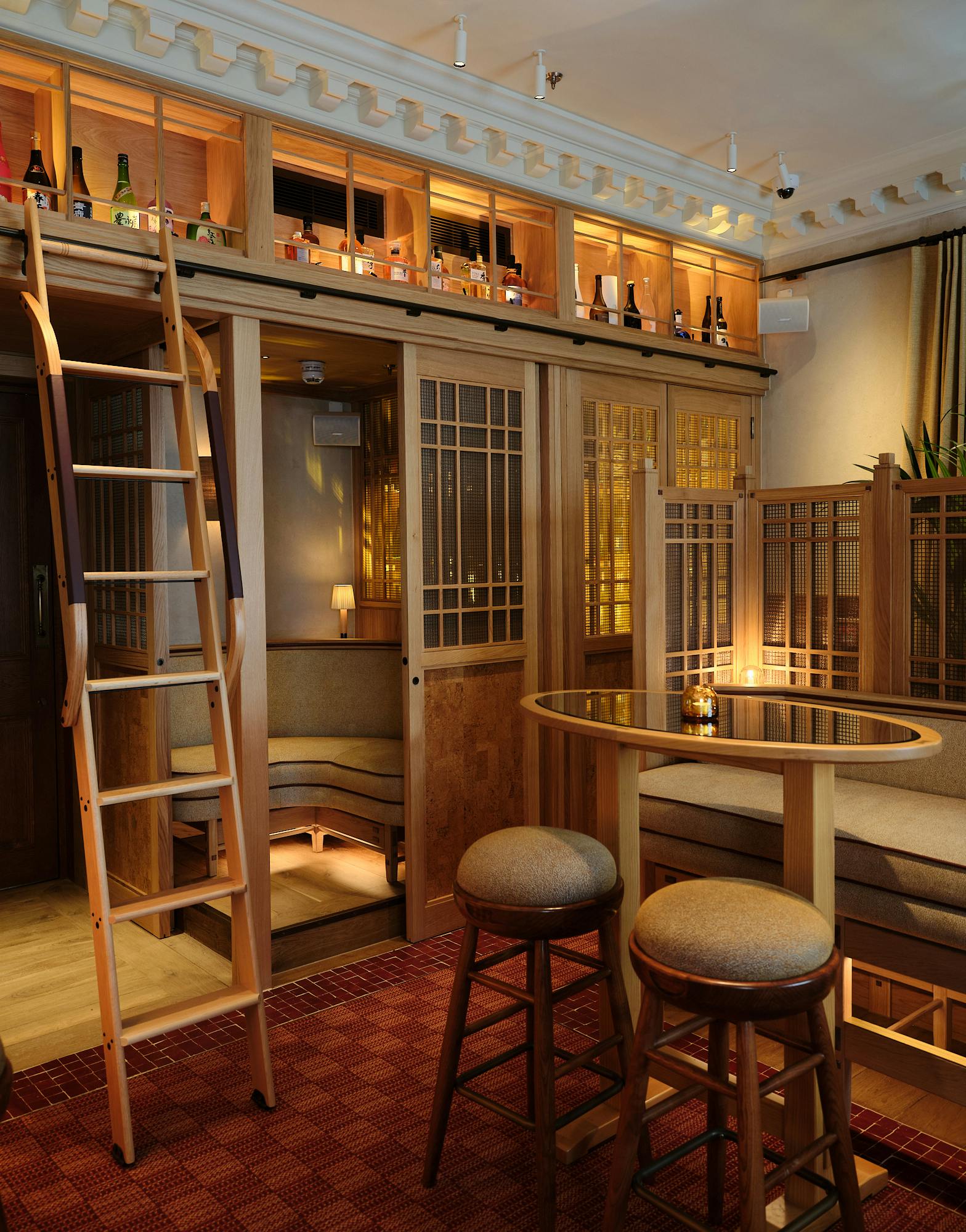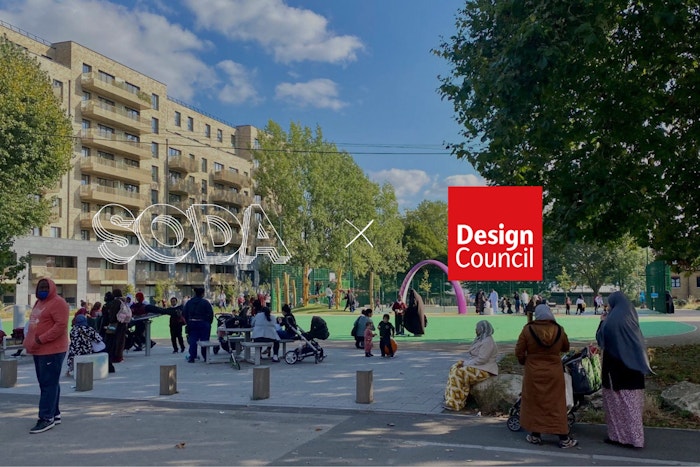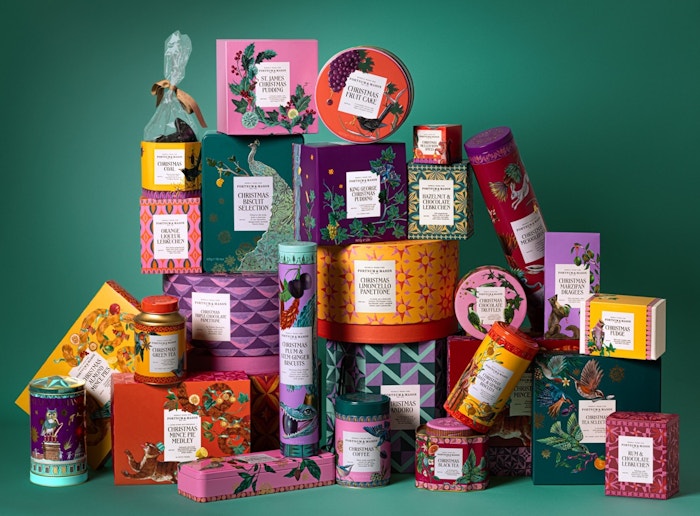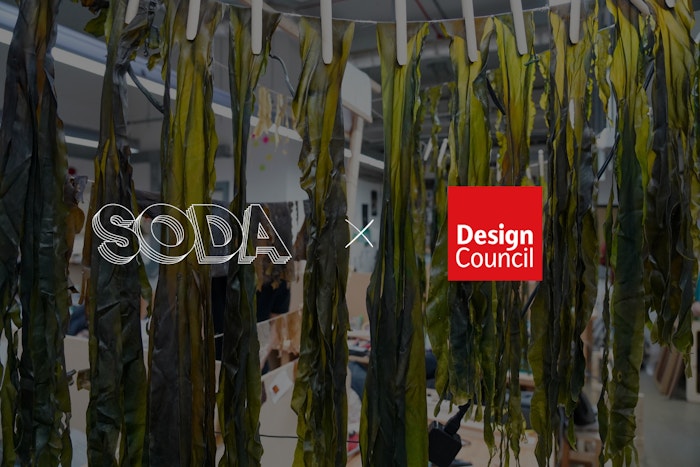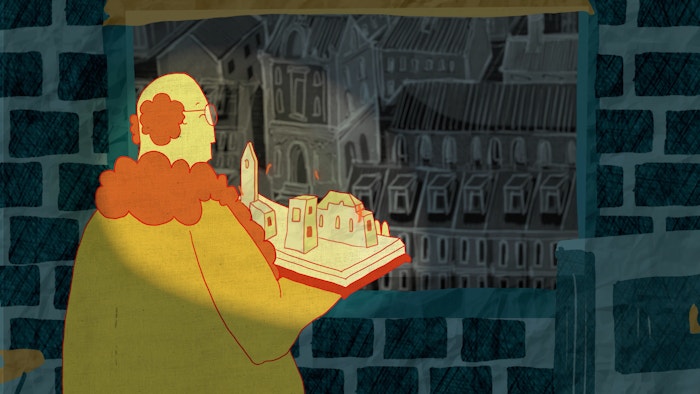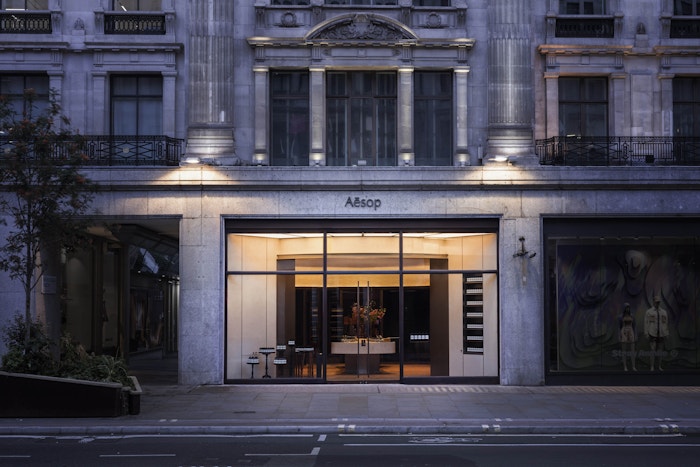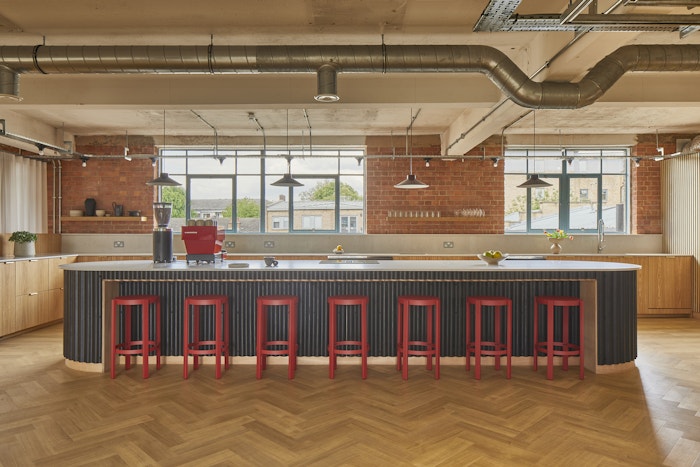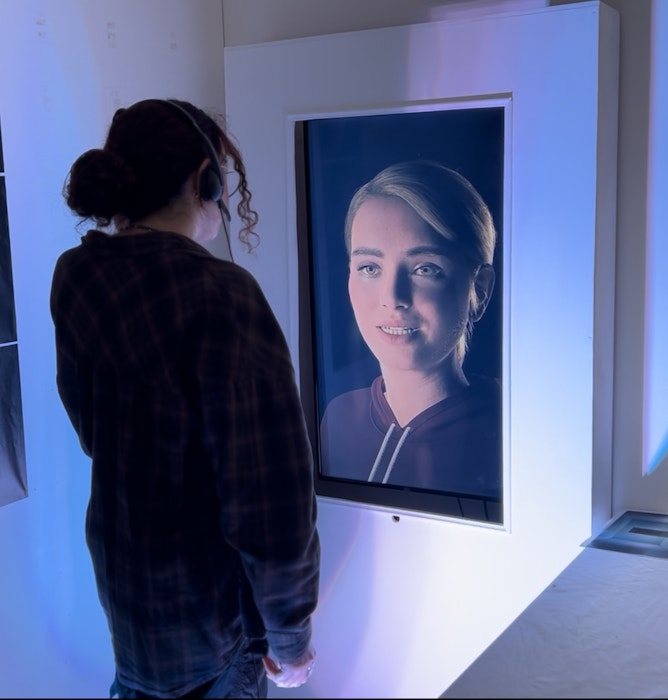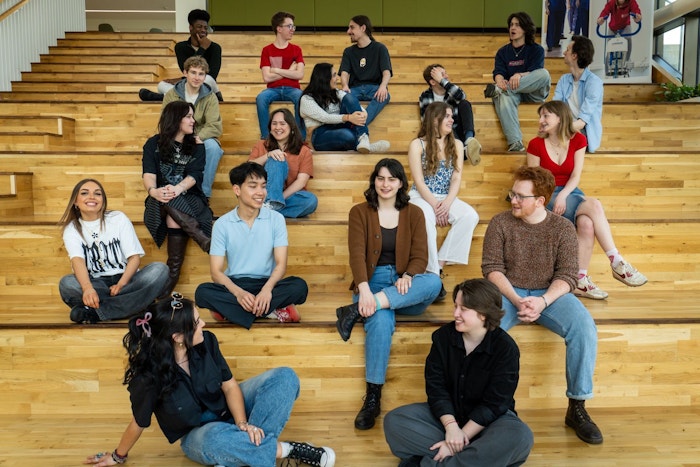
06 Apr 2018
'Freespace' Preview
The Biennale Architettura (the Venice Architecture Biennale) is THE event on the international calendar of architectural design and debate. There are other contenders – particularly the recent addition of the Chicago Architecture Biennial – but none compare to Venice’s otherworldly atmosphere that allows visitors to step outside of reality and peer back through the lens of curators and practitioners.
In 2016, Alejandro Aravena broke the mould of Biennale directors and asked us all to think about the social contribution architecture can make to the world. He steered the participants away from conceptual and iconic imagery and reshaped the debates that took place at the Giardini and beyond. This year, the Irish duo of Yvonne Farrell and Shelley McNamara (of Grafton Architects) will continue this agenda to a certain degree with the theme of FREESPACE. Pavilions and exhibitions will address the ways that buildings can create spaces to occupy, as well as shape places through their absence. Their curated show at the Central Pavilion will contain no fewer than 71 participants, responding to the built heritage of the past through Close Encounter or presenting a series of projects developed through education in The Practice of Teaching. The theme could be viewed as vague and ethereal but the responses from some of the pavilions show that it is anything but the case.

The British Pavillion - 'Island'
The British Pavilion has taken the directors at their word and is offering a space free of any exhibition at all. The empty rooms of Island – orchestrated by architects Caruso St John and artist Marcus Taylor – will host a range of events, including poetry, performance and film, as well as architectural talks. Up on the roof, the curators will build an elevated piazza that will act as a literal and figurative platform for debate, with a view out over the Lagoon from one of the highest points in Venice. Similarly, the Turkish are planning a space for creative encounters within the Arsenale. Their proposal for an open space will facilitate a series of workshops for students from around the world, who will become the authors of the exhibition over the course of the biennale.

The Turkish Pavillion - 'Creative Encounter'
The Germans never fail to inspire and in 2016 they went as far as to knock holes in the walls of their permanent pavilion. Their preoccupation with walls continues as they celebrate Circle Day, which marks a special point in time this year whereby the Berlin Wall has been gone as long as it stood. Their exhibition, Unbuilding Walls, will tackle the divisions still prevalent in contemporary global communities – especially given Trump’s plans for the Mexican border and the nationalism brought about by Brexit – despite the fact that Iron Curtain came down over a quarter of a century ago.

The German Pavillion - 'Unbuilding Walls'
The Australians made headlines when they transformed their pavilion into a pool at the last biennale. This year they return with another metamorphosis as their space will be filled with thousands of temperate grassland species, reminding us about the link between architecture and the natural world it inhabits.

The German Pavillion - 'Repair'
Surely one of the most exciting developments for this biennale is the arrival of the Vatican, which will be participating at the biennale for the first time. The city-state has decided to take an active role on the architectural stage and has commissioned 10 contemporary chapels that can be deployed around the world where spaces to worship are needed most. The roster of international architects selected include our own Norman Foster, as well as Pritzker Prize-winner Eduardo Souto de Moura and Smiljan Radic, the Chilean architect behind the rock-like pavilion at the Serpentine in 2014.

The Vatican - 'Chapels'
A frenzy of debate has already started over this year’s special project from the V&A Museum. They have recently saved a section of Robin Hood Gardens Estate, designed by the arch-modernists Peter and Alison Smithson, and will reconstruct it in Venice. This much-maligned council housing was seen as a social failure by some and a monument to architectural ideals by others. Its destruction paves the way for a multimillion pound development which has become emblematic of the housing crisis in London. The inclusion of a slice of the building at the biennale has angered some critics who think the V&A could have done more to save it, rather than memorialise its loss for cultural exploitation.

V&A Museum - 'Robin Hood Gardens'
Needless to say, this year’s biennale will be a lightning rod for dispute and deliberation but the real challenge will be seeing it all across the multiple pavilions and sites across the city.
Yvonne Farrell and Shelley McNamara are the curators of the 16th International Architecture Exhibition, that will take place from May 26th to November 25th 2018 in the Giardini and Arsenale venues, and in other locations in Venice.
- Words by Rob Fiehn
- https://www.labiennale.org/en/architecture/2018 - Find out more about the Biennale here ...
